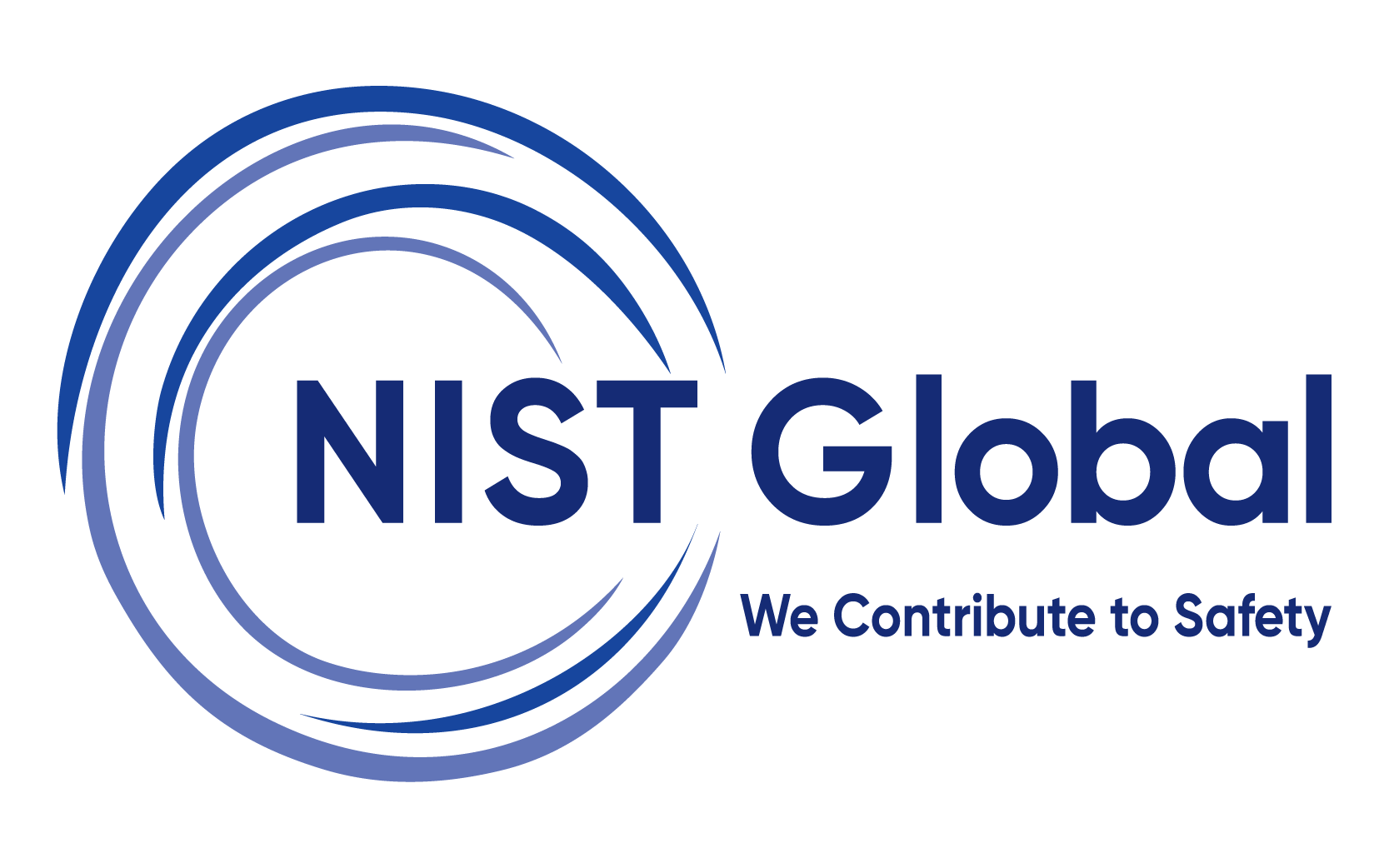Lifting Supervisor Safety
Lifting supervision plays one of the challenging role in high-risk sectors such as construction, oil & gas, manufacturing, shipping, and heavy engineering. Ideally lifting supervisor is responsible for ensuring whether the lifting operations are planned, coordinated, and executed safely, with strict adherence to safety protocols and regulatory standards. Globally, a significant number of lifting-related incidents are linked to poor planning, inadequate supervision, and lack of understanding of rigging configurations, load dynamics, and signalling methods.
Lifting Supervisor Safety Training
The Lifting Supervisor Safety Training is a competency-driven course developed in accordance with Indian and international safety standards. The training talks about essential topics including lift plan review, pre-use inspection of lifting equipment, load weight assessment, centre of gravity, rigging gear selection, crane positioning, load path evaluation, communication signals, and supervision of complex lifts. Participants will also get in-depth knowledge on risk assessment, toolbox talks, emergency handling, and incident reporting procedures. Delivered through a mix of interactive classroom instruction and practical demonstrations, this program is ideal for aspiring lifting supervisors, senior riggers, engineers, and safety officers who oversee lifting operations and are committed to ensuring safe and efficient load handling across worksites.
-
Duration1-2 Days
-
Training ModeVirtual/Face to Face
-
LevelIntermediate/Advance
-
LanguageEnglish and other regional languages based on availability
Why Should Employers Invest in this Training?
- Reduces Risk of Lifting Accidents: Minimizes incidents related to load drops, crane instability, rigging failures, and poor communication during lifts.
- Ensures Legal & Regulatory Compliance: Aligns with Indian Factories Act, OSHA standards, and international lifting safety regulations, reducing legal exposure.
- Builds Competent Supervision: Equips lifting supervisors with the technical know-how to plan, coordinate, and monitor lifts confidently and correctly.
- Prevents Equipment Damage: Promotes proper rigging practices and inspection routines that help extend the lifespan of lifting gear and cranes.
- Promotes a Strong Safety Culture: By reinforcing accountability and leadership in high- risk tasks, encouraging a proactive approach to workplace safety.
Training Objective
The primary objective of the Lifting Supervisor Safety Training is to provide participants with the knowledge and skills required to safely plan, supervise, and execute lifting operations in compliance with legal requirements and industry best practices. The training emphasis on developing competency in interpreting lift plans and load charts, inspecting lifting equipment, identifying site-specific hazards, and effectively coordinating with crane operators, riggers, and signalmen. Additionally prepares supervisors to manage routine and complex lifts confidently while promoting a strong safety culture and minimizing operational risks.
Training Methodology
Case Study
Analysis
Hands-On
Practice
Knowledge
Checks
Hazard
Identification
Skill
Confidence
How Will This Training Strengthen Workforce Readiness?
Upon successful completion of the Lifting Supervisor Training, participants will acquire the following practical and safety-critical skills:
- Develops Competent Supervisors - Trains individuals to plan, lead, and control lifting operations with safety and precision.
- Enhances Hazard Identification Skills - Equips the workforce to recognize site-specific risks and apply appropriate control measures.
- Improves Team Coordination - Strengthens communication and synchronization between crane operators, riggers, and signalmen.
- Builds Technical Knowledge - Reinforces understanding of lift plans, load charts, equipment inspection, and legal compliance.
- Reduces Supervision Dependency - Encouraging self-reliance and decision-making in routine and non-routine lifting tasks.
- Prepares for Emergency Situations - Enables quick, safe responses to equipment failure, load imbalance, or site emergencies.
- Hazard Identification & Risk Mitigation - For lifting hazards such as overloading, pinch points, and poor rigging setup and know how to prevent them.
- Boosts Safety Culture and Accountability - And thus resulting in fewer delays, smoother lifting execution, and reduced downtime.
Who can take this course?
This course is suitable for a wide range of professionals involved in lifting operations, load handling, and workplace safety. It is ideal for:
- Riggers and Slingers
- Crane Operators ,Signalmen and Spotters
- Maintenance and Mechanical Technicians
- Safety Officers and HSE Supervisors
Assessment
✅ Multiple Choice Questionnaire (MCQ)
Training Mode
Face to face training
Virtual training

